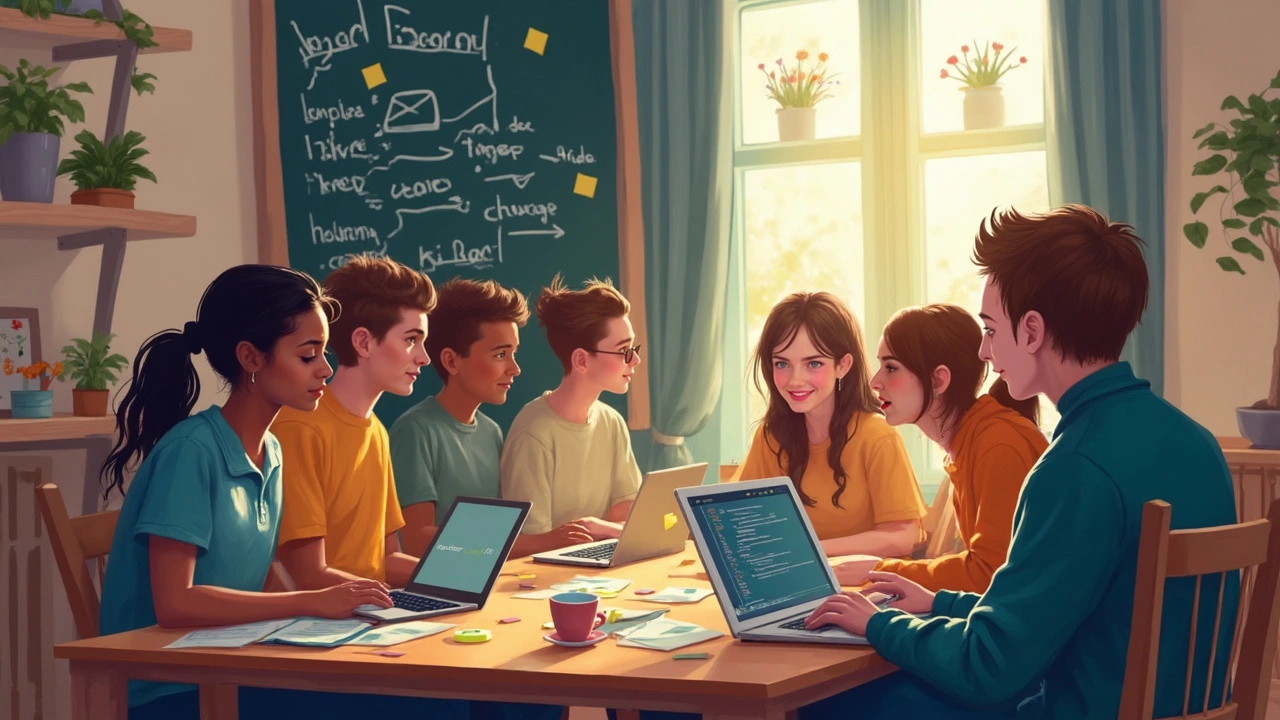Learning to Code: A Straightforward Roadmap
Want to write your own apps, automate boring tasks, or just understand how software works? You don’t need a computer science degree to begin. All you need is a clear path, a few free tools, and a habit of practice. Below you’ll find the exact steps that turn curiosity into code you can run.
Why Learn to Code Right Now
Tech is everywhere—from the phone in your pocket to the AI that suggests your next move. Knowing how to code lets you control those tools instead of just using them. It also opens doors to better jobs, higher pay, and the ability to create solutions for problems you care about. Even a basic grasp of programming lets you talk the language of most modern workplaces.
Another boost is community. When you start coding, you join a global network of people sharing tutorials, snippets, and feedback. That support makes learning faster and more enjoyable. So, taking the first step today means you’re investing in skills that grow with every new technology.
Practical Steps to Start Coding
1. Pick a friendly language. Python tops the list for beginners. Its syntax reads like plain English, and it powers everything from web apps to AI. If you’re eyeing web development, start with HTML, CSS, and a bit of JavaScript.
2. Set up a simple workspace. Download a free code editor like VS Code. It highlights mistakes, suggests fixes, and works on any operating system. Install the language runtime (e.g., Python from python.org) and you’re ready to run code on your own machine.
3. Follow a guided project. Choose a tiny project that solves a real problem—like a calculator, a to‑do list, or a script that renames files. Follow step‑by‑step tutorials on sites like freeCodeCamp or YouTube, then try to add your own twist.
4. Practice daily, even for 15 minutes. Consistency beats marathon sessions. Write small functions, fix errors, and experiment with new commands. Over time you’ll recognize patterns and debug faster.
5. Use version control. Install Git and create a free account on GitHub. Commit your code after each change. This habit protects your work and shows potential employers what you can build.
6. Join a community. Participate in forums like Stack Overflow, Reddit’s r/learnprogramming, or local meetups. Ask questions, share progress, and help others. Teaching a concept reinforces your own understanding.
7. Expand your toolkit. Once comfortable with basics, explore libraries related to your interests—NumPy for data, Flask for web, or Pygame for games. Each library adds power without needing to write everything from scratch.
Remember, mistakes are part of the process. Every error message is a clue that guides you closer to the solution. Keep a log of bugs you solved; it becomes a personal reference library.
By following these steps, you’ll move from typing “Hello, World!” to building functional tools in a few weeks. The key is to stay curious, keep coding, and enjoy the small wins along the way.

Programming Tricks for Beginners: The Ultimate Collection
Jumping into programming can feel overwhelming, but a handful of simple tricks can make a huge difference for beginners. This article is loaded with practical tips to speed up your learning, dodge obvious errors, and build better habits from day one. These tricks go beyond typical advice—they come from real-world experience, not theory. You'll discover shortcuts that save time and strategies that help you understand code fast. It’s all designed for folks taking their early steps in the world of programming.